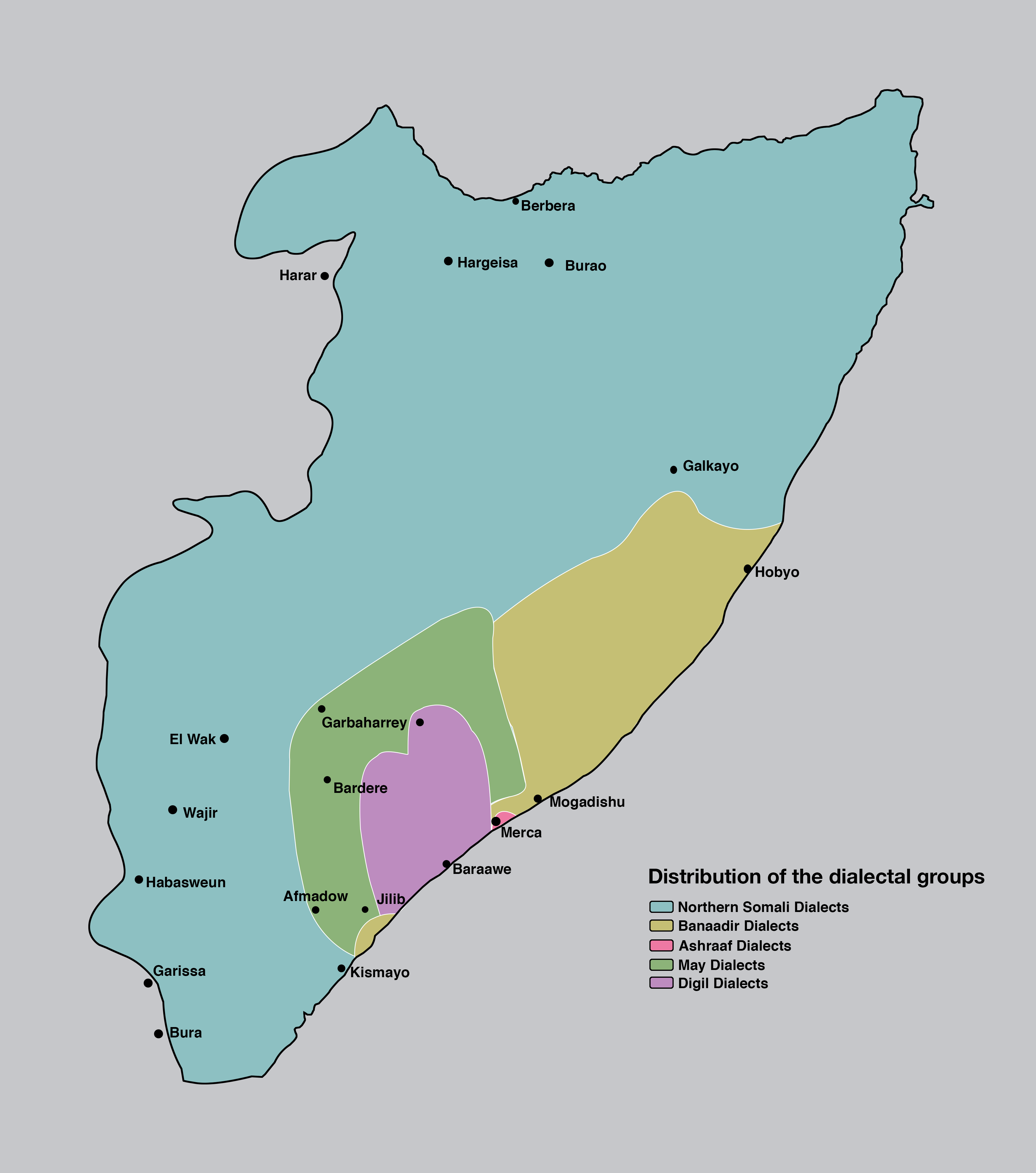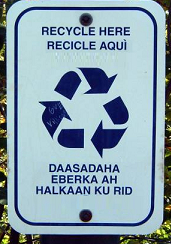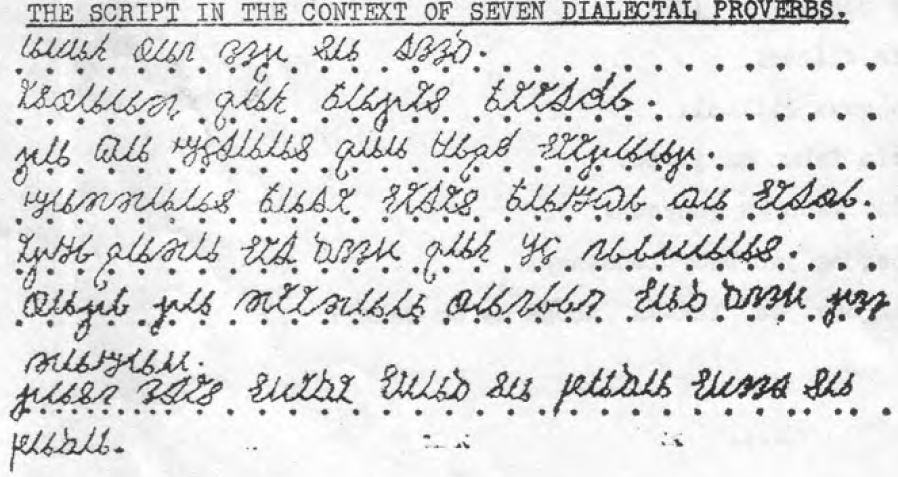|
Osmania Alphabet
The Osmanya script ( so, Farta Cismaanya πππππ ππππππππ), also known as Far Soomaali (πππ ππππππ, "Somali writing") and, in Arabic, as ''al-kitΔbah al-ΚΏuthmΔnΔ«yah'' (Ψ§ΩΩΨͺΨ§Ψ¨Ψ© Ψ§ΩΨΉΨ«Ω Ψ§ΩΩΨ©; "Osman writing"), is a writing script created to transcribe the Somali language. It was invented between 1920 and 1922 by Osman Yusuf Kenadid, the son of Sultan Yusuf Ali Kenadid and brother of Sultan Ali Yusuf Kenadid of the Sultanate of Hobyo. History While Osmanya gained reasonably wide acceptance in Somalia and quickly produced a considerable body of literature, it proved difficult to spread among the population mainly due to stiff competition from the long-established Arabic script as well as the emerging Somali Latin alphabet developed by a number of leading scholars of Somali, including Musa Haji Ismail Galal, B. W. Andrzejewski and Shire Jama Ahmed. As nationalist sentiments grew and since the ... [...More Info...] [...Related Items...] OR: [Wikipedia] [Google] [Baidu] |
Somali Language
Somali (Latin script: ; Wadaad writing, Wadaad: ; Osmanya: ππ ππππππ ) is an Afroasiatic languages, Afroasiatic language belonging to the Cushitic languages, Cushitic branch. It is spoken as a mother tongue by Somalis in Greater Somalia and the Somali diaspora. Somali is an official language in Somalia and Ethiopia, and a national language in Djibouti as well as in northeastern Kenya. The Somali language is written officially with the Somali Latin alphabet, Latin alphabet although the Arabic alphabet and several Somali scripts like Osmanya script, Osmanya, Kaddare script, Kaddare and the Gadabuursi Somali Script, Borama script are informally used.Lewis, I.M. (1958)The Gadabuursi Somali Script ''Bulletin of the School of Oriental and African Studies'', University of London, Vol. 21, pp. 134β156. Classification Somali is classified within the Cushitic branch of the Afroasiatic family, specifically, Lowland East Cushitic languages, Lowland East Cushitic in ... [...More Info...] [...Related Items...] OR: [Wikipedia] [Google] [Baidu] |
Musa Haji Ismail Galal
Musa Haji Ismail Galal ( so, Muuse Xaaji Ismaaciil Galaal, ar, Ω ΩΨ³Ω Ψ§ΩΨΨ§Ψ¬ Ψ§Ψ³Ω Ψ§ΨΉΩΩ Ψ¬ΩΨ§Ω) (1917–1980) was a Somali writer, scholar, linguist, historian and polymath. He is notable for the creation of the Somali Latin script. Biography Galal was born in 1917 in Burao. He hails from the Habar Jeclo clan of the Isaaq. He is noted for having contributed to the development of Wadaad script. In the 1950s, Galal introduced a more radical alteration of the Arabic script to represent the Afro-Asiatic Somali language. He came up with an entirely new set of symbols for the Somali vowels. I.M. Lewis (1958) considers this to be the most accurate Arabic script to have been devised for the Somali language.Lewis, p.139-140 A prolific writer, Galal was also among the foremost authorities on the Somali astrological, meteorological and calendrical systems. He devoted two major works to traditional Somali science, both of which are regarded as classics in Somali Studie ... [...More Info...] [...Related Items...] OR: [Wikipedia] [Google] [Baidu] |
Somali Orthography
A number of writing systems have been used to transcribe the Somali language. Of these, the Somali Latin alphabet is the most widely used. It has been the official writing script in Somalia since the Supreme Revolutionary Council (Somalia), Supreme Revolutionary Council formally introduced it in October 1972, and was disseminated through a nationwide Somali Rural Literacy Campaign, rural literacy campaign. Prior to the twentieth century, the Arabic script was used for writing Somali. An extensive literary and administrative corpus exists in Arabic script. It was the main script historically used by the various Somali sultans to keep records. Writing systems developed locally in the twentieth century include the Osmanya alphabet, Osmanya, Borama alphabet, Borama and Kaddare alphabet, Kaddare scripts. Latin script The Somali Latin script, or Somali Latin alphabet, was developed by a number of leading scholars of Somali language, Somali, including Musa Haji Ismail Galal, B. W. And ... [...More Info...] [...Related Items...] OR: [Wikipedia] [Google] [Baidu] |
Writing Systems Of Africa
The writing systems of Africa refer to the current and historical practice of writing systems on the African continent, both indigenous and those introduced. Today, the Latin script is commonly encountered across Africa, especially in the Western, Central and Southern Africa regions. Arabic script is mainly used in North Africa and Ge'ez script is widely used in the Horn of Africa. Regionally and in some localities, other scripts may be of significant importance. Indigenous writing systems Ancient African orthographies Ancient Egyptian Perhaps the most famous African writing system is ancient Egyptian hieroglyphs. These developed later into forms known as Hieratic, Demotic and, through Phoenician and Greek, Coptic. The Coptic language is still used today as the liturgical language in the Coptic Orthodox Church of Alexandria and the Coptic Catholic Church of Alexandria. As mentioned above, the Bohairic dialect of Coptic is used currently in the Coptic Orthodox Church. Other ... [...More Info...] [...Related Items...] OR: [Wikipedia] [Google] [Baidu] |
University Of London
The University of London (UoL; abbreviated as Lond or more rarely Londin in post-nominals) is a federal public research university located in London, England, United Kingdom. The university was established by royal charter in 1836 as a degree-awarding examination board for students holding certificates from University College London and King's College London and "other such other Institutions, corporate or unincorporated, as shall be established for the purpose of Education, whether within the Metropolis or elsewhere within our United Kingdom". This fact allows it to be one of three institutions to claim the title of the third-oldest university in England, and moved to a federal structure in 1900. It is now incorporated by its fourth (1863) royal charter and governed by the University of London Act 2018. It was the first university in the United Kingdom to introduce examinations for women in 1869 and, a decade later, the first to admit women to degrees. In 1913, it appointe ... [...More Info...] [...Related Items...] OR: [Wikipedia] [Google] [Baidu] |
Somali Alphabets
A number of writing systems have been used to transcribe the Somali language. Of these, the Somali Latin alphabet is the most widely used. It has been the official writing script in Somalia since the Supreme Revolutionary Council formally introduced it in October 1972, and was disseminated through a nationwide rural literacy campaign. Prior to the twentieth century, the Arabic script was used for writing Somali. An extensive literary and administrative corpus exists in Arabic script. It was the main script historically used by the various Somali sultans to keep records. Writing systems developed locally in the twentieth century include the Osmanya, Borama and Kaddare scripts. Latin script The Somali Latin script, or Somali Latin alphabet, was developed by a number of leading scholars of Somali, including Musa Haji Ismail Galal, B. W. Andrzejewski and Shire Jama Ahmed specifically for transcribing the Somali language. It uses all letters of the English Latin alphabet ex ... [...More Info...] [...Related Items...] OR: [Wikipedia] [Google] [Baidu] |
Kaddare Script
The Kaddare alphabet is a writing script created to transcribe Somali, a Cushitic language in the Afroasiatic language family. History The orthography was invented in 1952 by a Sufi Sheikh, named Hussein Sheikh Ahmed Kaddare. A phonetically robust writing system, the technical commissions that appraised the Kaddare script concurred that it was a very accurate orthography for transcribing Somali. Form The Kaddare script uses both upper and lower case letters, with the lower case represented in cursive. Many characters are transcribed without having to lift the pen. Several of Kaddare's letters are similar to those in the Osmanya script, while others bear a resemblance to Brahmi. As there are no dedicated characters for long vowels, a vowel is made long by simply writing it twice. See also *Somali orthography *Borama *Osmanya The Osmanya script ( so, Farta Cismaanya πππππ ππππππππ), also known as Far Soomaali (πππ πππ ... [...More Info...] [...Related Items...] OR: [Wikipedia] [Google] [Baidu] |
Unicode
Unicode, formally The Unicode Standard,The formal version reference is is an information technology Technical standard, standard for the consistent character encoding, encoding, representation, and handling of Character (computing), text expressed in most of the world's writing systems. The standard, which is maintained by the Unicode Consortium, defines as of the current version (15.0) 149,186 characters covering 161 modern and historic script (Unicode), scripts, as well as symbols, emoji (including in colors), and non-visual control and formatting codes. Unicode's success at unifying character sets has led to its widespread and predominant use in the internationalization and localization of computer software. The standard has been implemented in many recent technologies, including modern operating systems, XML, and most modern programming languages. The Unicode character repertoire is synchronized with Universal Coded Character Set, ISO/IEC 10646, each being code-for-code id ... [...More Info...] [...Related Items...] OR: [Wikipedia] [Google] [Baidu] |
International Phonetic Alphabet
The International Phonetic Alphabet (IPA) is an alphabetic system of phonetic transcription, phonetic notation based primarily on the Latin script. It was devised by the International Phonetic Association in the late 19th century as a standardized representation of speech sounds in written form.International Phonetic Association (IPA), ''Handbook''. The IPA is used by lexicography, lexicographers, foreign language students and teachers, linguistics, linguists, speechβlanguage pathology, speechβlanguage pathologists, singers, actors, constructed language creators, and translators. The IPA is designed to represent those qualities of speech that are part of wiktionary:lexical, lexical (and, to a limited extent, prosodic) sounds in oral language: phone (phonetics), phones, phonemes, Intonation (linguistics), intonation, and the separation of words and syllables. To represent additional qualities of speechβsuch as tooth wiktionary:gnash, gnashing, lisping, and sounds made wi ... [...More Info...] [...Related Items...] OR: [Wikipedia] [Google] [Baidu] |
Vowel Length
In linguistics, vowel length is the perceived length of a vowel sound: the corresponding physical measurement is duration. In some languages vowel length is an important phonemic factor, meaning vowel length can change the meaning of the word, for example in: Arabic, Estonian, Finnish, Fijian, Kannada, Malayalam, Japanese, Latin, Old English, Scottish Gaelic, and Vietnamese. While vowel length alone does not change word meaning in most dialects of English, it is said to do so in a few dialects, such as Australian English, Lunenburg English, New Zealand English, and South African English. It also plays a lesser phonetic role in Cantonese, unlike in other varieties of Chinese. Many languages do not distinguish vowel length phonemically, meaning that vowel length does not change meaning, and the length of a vowel is conditioned by other factors such as the phonetic characteristics of the sounds around it, for instance whether the vowel is followed by a voiced or a voiceless conso ... [...More Info...] [...Related Items...] OR: [Wikipedia] [Google] [Baidu] |
Mohamed Siad Barre
Mohamed Siad Barre ( so, Maxamed Siyaad Barre, Osmanya script: ; ar, Ω ΨΩ Ψ― Ψ³ΩΨ§Ψ― Ψ¨Ψ±Ω; c. 1910 β 2 January 1995) was a Somali head of state and general who served as the 3rd president of the Somali Democratic Republic from 1969 to 1991. He was given the childhood nickname ''Afweyne'' roughly referring to extraversion.Tyndall, Christopher R. "Mogadiscio's Unenlightened Pilgrim: Farah's βLinks,β Dante's βInferno,β and the Somali Civil War." comparative literature studies 57.2 (2020): 235-264. Barre, a major general of the gendarmerie by profession, became President of Somalia after the 1969 coup d'Γ©tat that overthrew the Somali Republic following the assassination of President Abdirashid Ali Shermarke. The Supreme Revolutionary Council military junta under Barre reconstituted Somalia as a one-party MarxistβLeninist communist state, renaming the country the Somali Democratic Republic and adopting scientific socialism, with support from the Soviet Union. Barre ... [...More Info...] [...Related Items...] OR: [Wikipedia] [Google] [Baidu] |








